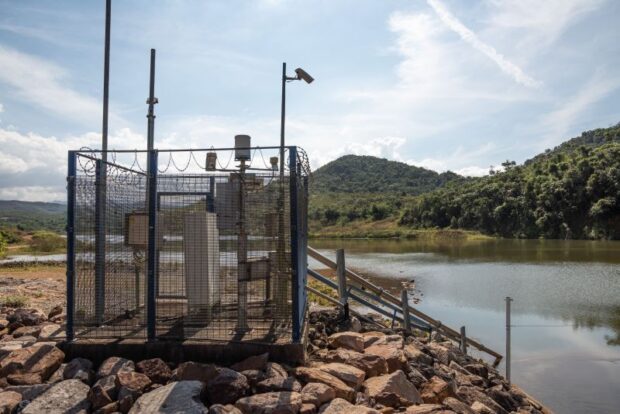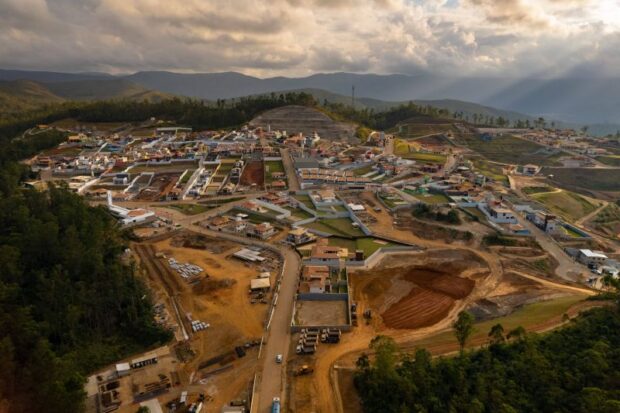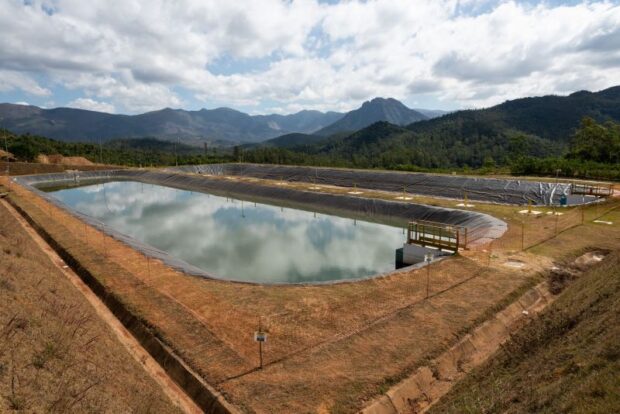In a world increasingly fraught with uncertainty, the importance of preparedness has never been more critical. Natural disasters, sudden emergencies, and unforeseen crises can strike without warning, leaving individuals and families scrambling for essentials.
An effective emergency food kit can be a lifeline in these trying times, offering sustenance and security when access to fresh supplies is disrupted. Drawing lessons from past disasters—from hurricanes and wildfires to global pandemics—reveals not only what should be included in these kits but also highlights the necessity of thoughtful planning and adaptability.
In this article, we will explore the essential components of an emergency food kit, best practices for assembly, and anecdotes from those who have weathered the storm, ensuring youre ready to face whatever challenges lie ahead.
Essential Non-Perishable Food Items

When assembling your emergency food kit, its vital to include essential non-perishable items that will sustain you and your family during unforeseen circumstances. Stock up on canned goods, like vegetables and beans—rich sources of vitamins and protein that can fortify your meals.
Dont overlook the power of dry staples such as rice, pasta, and oats; these versatile ingredients can stretch your supplies and be easily paired with various seasonings for flavor. Nut butters are a must for their protein-packed nature and long shelf life.
Additionally, consider adding dehydrated fruits and nuts for a much-needed energy boost when fresh options are unavailable. Remember, while planning your kit, to include calorie-rich items like granola bars and trail mix, as these compact sources of energy can be invaluable during emergencies, ensuring that you remain nourished and ready to face whatever challenges lie ahead.
Nutritional Considerations

When assembling your emergency food kit, its essential to prioritize nutritional balance to sustain energy and well-being during crises. Begin by incorporating a diverse range of foods, such as whole grains, protein sources like canned beans or jerky, and healthy fats from nuts and seeds.
Don’t overlook the importance of vitamins and minerals; consider including dried fruits or powdered vegetables to enhance your intake of essential nutrients, which can be scarce in processed foods. Additionally, think about dietary restrictions—whether theyre due to allergies, religious practices, or personal choices—ensuring your kit is inclusive and versatile.
Remember, flavor matters too: survival doesnt mean sacrificing taste! Adding spices or herbs can elevate the eating experience, making your emergency provisions more palatable. Finally, proper hydration should not be neglected; pack water purification tablets alongside your food supply to ensure you have access to safe drinking water.
Balancing practicality with nutrition can turn a challenging situation into one that’s manageable and resilient.
Cooking and Preparation Tools

When assembling your emergency food kit, its essential to consider not just the food, but also the cooking and preparation tools that will enable you to make nourishing meals under challenging circumstances. A portable camp stove can be a game-changer, allowing you to heat water or cook food when electricity is unavailable.
Dont forget sturdy utensils—think multifunctional tools that can serve as knives, spoons, and can openers all in one. A durable cutting board will make meal prep easier, while heavy-duty aluminum foil can be invaluable for wrapping food, conserving heat, or even cooking over an open flame.
Consider including a kettle for boiling water, as hydration becomes crucial in emergencies. And finally, pack a reliable source of fire, whether its waterproof matches or a compact lighter, to ensure you can ignite your cooking methods when the need arises.
With the right tools at your disposal, you can transform your emergency stash into hearty meals that provide comfort and sustenance in trying times.
Conclusion
In conclusion, preparing an emergency food kit is a crucial step in ensuring personal safety and well-being during unforeseen disasters. By learning from past events, such as the tragic flooding in Mariana Minas Gerais, we understand the importance of including a diverse range of non-perishable foods, clean water, and essential supplies tailored to the needs of your household. Regularly reviewing and updating your kit can make a significant difference in disaster preparedness, providing peace of mind and the necessary resources to sustain you and your loved ones in times of crisis.
Ultimately, being proactive in assembling a comprehensive emergency food kit can turn panic into preparedness, allowing you to face any situation with confidence and resilience.




